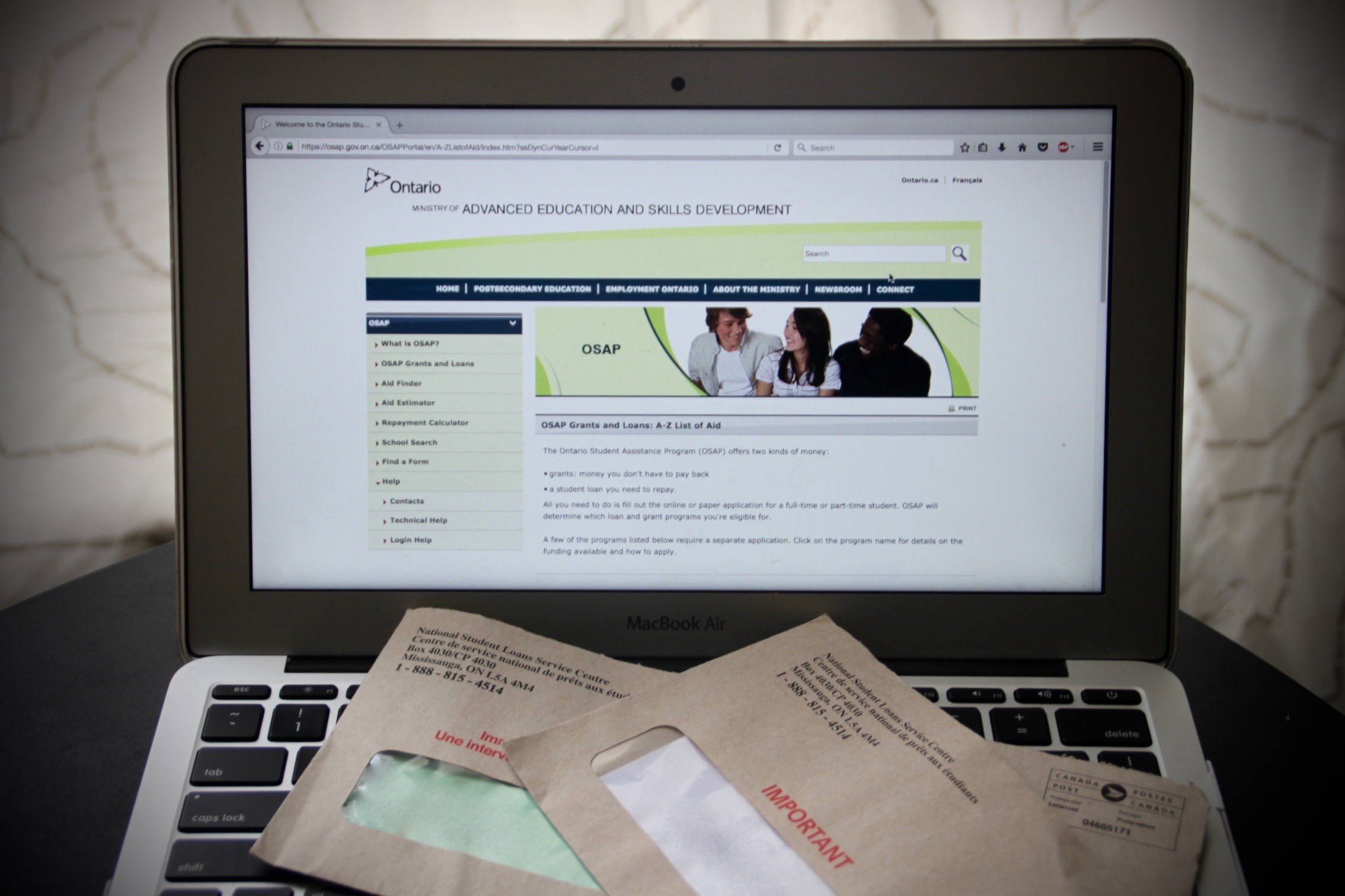Alex Kvaskov | News Editor
Featured image: Students are skeptical of OSAP changes, as the repayment and family income criteria have been adjusted. | Victoria Fung
Students hoping to ride Ontario’s “free” tuition bandwagon to the promised land of employment may be falling through the cracks already.
Many students were left confused after the provincial and federal governments announced changes to their respective student financial aid programs.
Starting November of this year, Canadians don’t have to repay their Canada Student Loans until they are earning at least $25,000 a year, according to the federal government.
Meanwhile, the province is planning to launch the Ontario Student Grant in September 2017. The new system lets eligible students with parents earning under $50,000 graduate without having to pay back provincial student loans.
Ontario’s Minister of Advanced Education and Skills Development, Deb Matthews, told Excalibur in a phone interview that interest doesn’t start accumulating until after students graduate. “If you graduate and you don’t land that job, you can extend that repayment holiday.”
Students from families with incomes under $160,000 per year are expected to receive increased funding, while those under $50,000 will see the provincial government cover their tuition costs with grants.
While the changes have been hailed as “free tuition” in some quarters, critics have dubbed this portrayal “disingenuous.”
“The concept of ‘free’ services does not exist in the context of government,” says former Campus Conservatives York University President Willem Hart. “The taxpayer is still on the hook for this expense. Either the money for a program comes from cuts to an existing government program, or taxes must be raised,” says Hart.
Matthews says the new tuition scheme is revenue neutral. She says the government wants to lower the barriers preventing students from attending university by boosting participation among low-income families, Indigenous students and others at the lower end of the socioeconomic spectrum.
“This is about talking to kids in high school and saying, ‘Yes, you can go on to post-secondary. Your job is to get the marks. Our job is to make sure you can afford to go,’” she adds.
“[Students] from lowest income families are about one-quarter as likely to go to post-secondary education as those from higher-income families, and that’s leaving a lot of potential untapped.”
On the other hand, Hart says the vast majority of students do not fit into this income bracket and are excluded from the program.
With files from Kanchi Uttamchandani



Jeg kunne bestemt være inereesstret, er selv en skovl til sådan noget. Fedt kreasted iøvrigt SVAR: Tak jamen jeg vil prøve at lave en side, så må jeg jo se på den måde om det er noget..